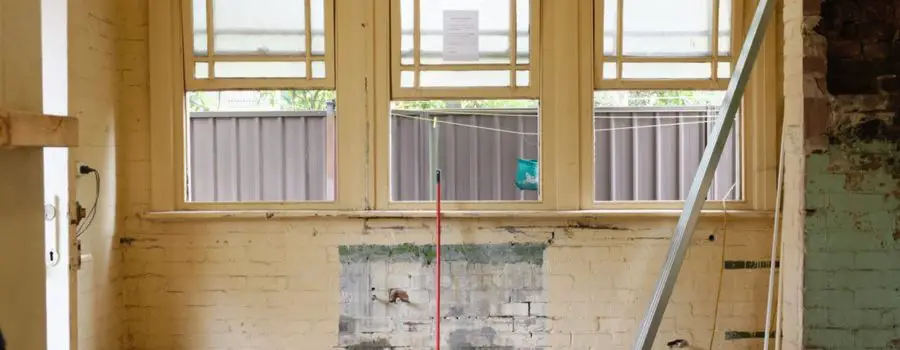By Guest Author, Ray Flynn | DiyGuys.net
ray.flynn@diyguys.net
After house hunting for a few months, you’ve finally found the perfect house. There’s only one problem. It’s a fixer-upper, requiring a bit of TLC before you can make it your home sweet home. Fixer-uppers boast a lower sales price than other houses in the neighborhood because they’re not move-in ready. But choosing to buy a fixer-upper isn’t all roses and sunshine. If you purchase the wrong one, you could end up sinking your money into an investment that won’t pay off in the future. Before you buy that diamond in the rough, here are some things first-time home buyers should consider.
The Buying Process
Before falling in love with a home that requires renovations, consider its location. According to The Balance, avoid buying a fixer upper on a busy street, near a school or “across the street from a power plant.” These locations are considered less desirable when hunting for the perfect home. Search for neighborhoods close to parks, in high-performing school districts and in up-and-coming areas where young, trendy families want to live.
This Old House suggests you shouldn’t buy a fixer upper unless the real estate contract includes an inspection clause. House inspections help you determine if buying the home is a good investment. If the inspection uncovers some serious problems with the home, you can back out of buying it. Houses needing expensive structural repairs are not the best for first-time home buyers. Full roof replacements, electrical rewiring, plumbing overhauls and other serious renovations will cost you a huge amount of cash. And these repairs aren’t noticeable at first glance. In other words, they won’t increase a home’s value enough to warrant the costly renovations.
What Should You Tackle First?
According to Money Crashers, it’s important to “be realistic about your abilities” when deciding to tackle home repairs and renovations. Do you need to strip that hideous wallpaper in the kitchen? You can probably handle this task. Do all the rooms in the home need a fresh coat of paint? More than likely, you can handle this too. But what if the house needs roof repairs, new vinyl siding or window replacements? If that’s the case, you may need to hire a professional.
So what projects should you handle first? Painting rooms and repairing drywall holes are two relatively simple projects. It’s also important to repair the exterior of your home through landscaping, power washing or exterior painting. Starting with these jobs immediately helps to improve the appearance of your new home.
DIY Repairs and the Best Tools to Use
Anyone who plans to make repairs to a fixer upper needs the right kinds of tools to get the job done. Consider adding these tools to your arsenal.
- Purchase a quality cordless power drill. Whether you need to hang shelves, repair a deck or anything in between, a cordless power drill is a must-have.
- Pick up some paint brushes and paint rollers. Any fixer upper will require new paint in at least one room of the home. Sherwin-Williams reports that choosing the right brushes and rollers “is a crucial step in making your paint jobs look better while helping you to do your work” in the most efficient and effective manner.
- Add an electric power sander to your tool arsenal. These types of sanders provide you with the simplest and fastest way to smooth wood.
- Include a jigsaw in your toolbox. A jigsaw easily cuts through lumber and other materials equal to wood in strength, and jigsaws equipped with the appropriate type of blade can cut through stone and metal too.
Stay or Sell?
Once your new home is all fixed up, you have two choices. You can live there happily ever after or sell it. One advantage of selling the home after you finish renovations is you can sell it for a higher price than you paid for it. But if you love the way you renovated the home and the area where it’s located, you may wish to stay for awhile.
Buying a fixer upper can be a great way to save money when you buy your first home. But choosing the right house can mean the difference between making a smart financial decision and drowning in a money pit. It’s important to count up the costs, get one or more home inspections, and pay close attention to the neighborhood in which the home is located.
Photo via Pixabay









